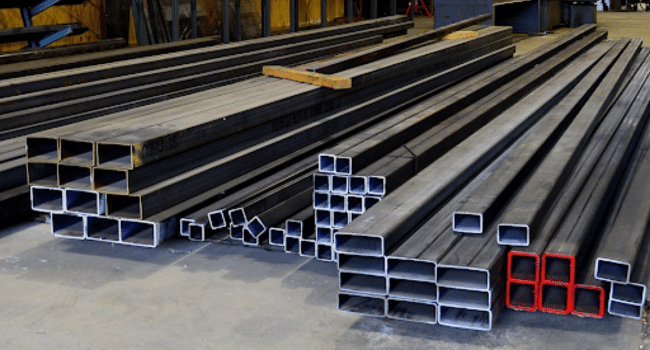Table of Contents
For those knee-deep in the world of manufacturing, there’s a line drawn, albeit a thin one, between aluminium pipes and aluminium tubes; a boundary that absolutely must not be crossed, lest you find yourself in the middle of quite the industrial tangle.
In the complex web of metalworking, knowing the intricate differences between these two seemingly similar items can save time, money, and perhaps a bit of sanity. This distinction is not just semantics; it’s a make or break in the world where efficiency and precision reign supreme.
Here’s a look at the serious business of what separates an aluminium pipe from an aluminium tube and why it makes a world of difference in the engineering domain.
The Straight and Narrow – Aluminium Pipes in Spotlight
Aluminium pipes, much like their other metallic counterparts, are the introverts of the metal world – straight, uniform, and always ready to work with the grains of the metal. With their round cross-section, these pipes are widely recognised for their ability to transport fluids and act as structural elements in various systems. They’re the backbone of industry, quite literally sometimes.
In the Pipeline of Industry
From plumbing to electrical conduit systems, aluminium pipes find solace in playing a supporting role in a number of industrial settings. Their simplicity and consistency make them the go-to for applications where the pathway is the priority.
Getting into the Tube of Things – Aluminium Tubes Explored
Aluminium tubes, the more extroverted sibling, are a bit of a show-off with their square, rectangular, or round profiles. What they lack in the straightforwardness of pipes, they make up in their structural capacity, versatility, and yes, flair.
Form Meets Function
Tubes are the darlings of many industries, thanks to their versatility in withstanding pressure both internal and external. They’re bent and shaped into structures for automotive frames, furniture, even aerospace components. They know how to roll with the changes and aluminium tube specialists will have a variety of options available.
Drawing the Line – Understanding the Differences
When it comes down to brass tacks (which, incidentally, could also be made of aluminium), pipes and tubes differ not just in name and shape but in how their properties can or cannot suit your manufacturing needs.
Size Does Matter
Pipes and tubes are defined by measurements, and these dimensions are more than just numbers – they dictate how these aluminium conveyors can be utilised for specific purposes. A pipe’s sizing is its most important characteristic and is often nominal, while tubes are always measured by actual outside diameter and wall thickness.
Choosing the Right Path – Selection Considerations
The task at hand should always dictate the route taken – whether it’s an aluminium pipe or tube. Factors such as transport mediums, pressure, and fabrication methods must be taken into account before one pipes up with a decision.
The Weight of Your World
The right choice between aluminium pipes and tubes can significantly affect the weight and therefore the cost of a structure. For instance, in weight-sensitive applications like aerospace, the difference in tube versus pipe can mean saving valuable pounds and dollars.
In the intricate dance of manufacturing, the steps must be precise, and the partners of metal chosen carefully. Understanding the nuances between aluminium pipes and tubes ensures that each metal piece plays its appropriate role, fitting into the grand industrial waltz with seamless efficiency.
Read more on KulFiy
Step into Style: The Appeal of Aluminium Openable Doors in Modern Design
